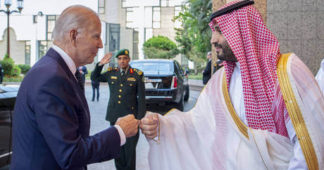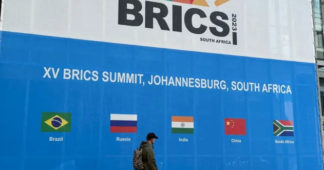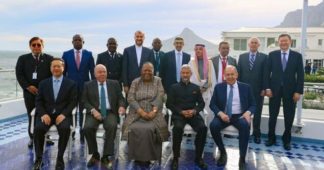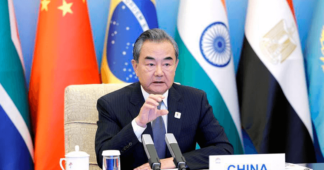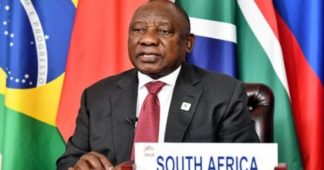Aug 27, 2023
In a world shaped by geopolitical tensions and alliances, an abiding seismic shift is taking the form of national interest and the East-West divide. The BRICS bloc is emerging to take center stage; with the intriguing addition of six new member nations, the bloc is poised to redefine global dynamics.
The just-concluded 15th summit of BRICS (which includes Brazil, Russia, India, China, and South Africa) in Johannesburg attracted remarkable global watch, a level of prominence not witnessed since the group’s inception 14 years ago. It marks the inaugural in-person BRICS gathering post the onset of the COVID-19 pandemic.
Assuming the BRICS rotational presidency from China on January 1, 2023, South Africa declared its intention to organize the summit with the following theme: “BRICS and Africa: Partnership for Mutually Accelerated Growth, Sustainable Development, and Inclusive Multilateralism.”
Highlights of the summit included the BRICS Business Forum, Leaders Retreat, and a Summit Plenary.
On Thursday, South African President Cyril Ramaphosa disclosed that BRICS, which held its 15th summit during the week, had extended invitations to six countries to join its ranks: Argentina, Egypt, Ethiopia, Iran, Saudi Arabia, and the UAE. Full membership is anticipated to come into force in 2024.
Sputnik examines the newly invited BRICS members’ fundamental economic data, opportunities they present, and their potential mutual benefits.
BRICS+ Demography and GDP at a Glance
According to Sputnik’s calculations, the BRICS+ nations currently have a total population of about 3.7 billion people, making up roughly 46.25 percent of the global population (which had exceeded eight billion by mid-November 2022).
Nevertheless, the BRICS+ bloc’s portion of Earth’s habitable land area is estimated at 32.72 percent, totaling 48,779,373.6 out of 148.9 million square kilometers.
India (1,425,775,850) – 3,287,263 sq. km
China (1,412,175,000) – 9,596,960 sq. km
Brazil (215,313,498) – 8,515,770 sq. km
Russia (146,447,424) – 17,098,242 sq. km
South Africa (59,893,885) -1,219,090 sq. km
*Total land area data was sourced from Statista.
The population of the six new BRICS members and their land area:
Argentina (46,234,830) – 2,780,400 sq. km
Egypt (110,990,103) – 1,001,450 sq. km
Ethiopia (123,379,924) – 1,104,300 sq. km
Iran (88,550,570) – 1,648,195 sq. km
Saudi Arabia (36,408,820) – 2,149,690 sq. km
United Arab Emirates (9,441,129) – 71,023.6 sq. km
* Population data was sourced from The World Bank and Statista for total land area.
In 2022, the overall world GDP amounted to about $100.5 trillion, and during that same year, the combined GDP of the BRICS+ bloc was nearly $30 trillion, constituting approximately 29 percent of global GDP. Moreover, the members of the BRICS+ GDP by PPP recorded a total of 60.14775 trillion last year.
Continue reading at sputnikglobe.com
We remind our readers that publication of articles on our site does not mean that we agree with what is written. Our policy is to publish anything which we consider of interest, so as to assist our readers in forming their opinions. Sometimes we even publish articles with which we totally disagree, since we believe it is important for our readers to be informed on as wide a spectrum of views as possible.
